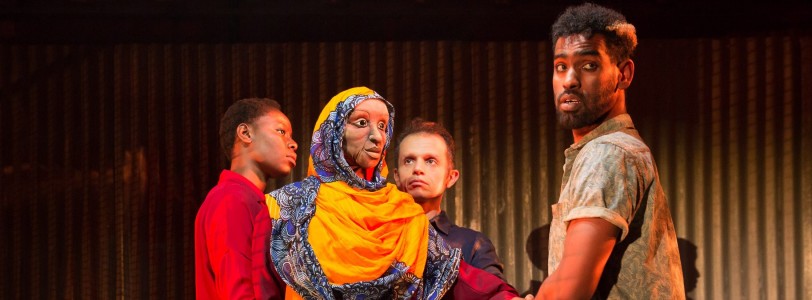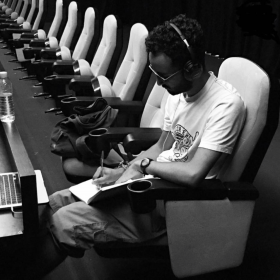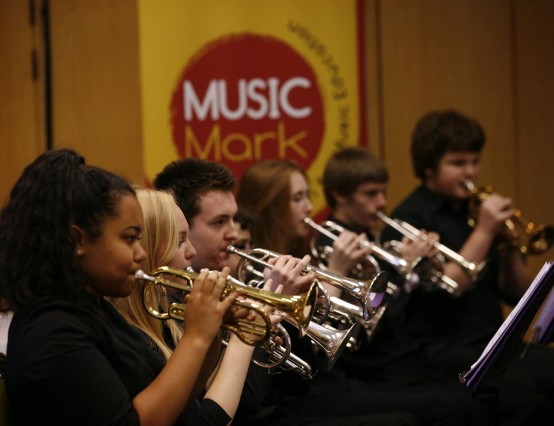Combining theatre, dance and puppetry, Theatre-Rites bring a new level of immersive show to a fundamentally un-theatrical location. Despite this, MOSI was the most perfect location – vast, chasmic, dusty and very clearly a construction site.
It used multiple large locations to house different chapters in the story. Within each location, the production value by Simon Daw and Mark Doubleday just got better, taking advantage of the rich construction site to associate with the industrial nature of the treatment of refugees and immigrants.
A family promenade show primarily for children, it was quite an adult treatment of the facts. Arguably, by addressing immigration and the refugee crisis, the production is matured some. Therefore, the question came up quickly whether this was working for children.
It became clear that it did when I heard a toddler ask their parent what asylum is. By getting a child to ask this question of their parents demonstrates two things: one, the connection that this topic has on people regardless of age; and two, that the show gets young people and parents to discuss around these most difficult questions and 'the right to be here'.
Asylum was explained in a scathing, scary, though nuanced experience enabling the audience to go through the bureaucracy of claiming asylum. All of the cast are immigrants; this is just a taste of how they're treated.
Most memorable was part of Mohamed Sarrar's story, a refugee from the Sudan. The treatment of a boat overflowing with refugees signified by life vests crossing the sea to Europe was remarkable in a sequence that harkened closely to stories we have come to hear too often.
Following Mohamed, the journeys of the rest of the cast are revealed. A vivid live video delves into the photographic journey of Amed Hashimi's 'papers'. He travelled from Baghdad as a child. This brought the status of many other characters into question.
It highlighted the re-assessment people who've lived in the UK face of their immigration status. Here, there was something subtle about the white characters not having their lives questioned when the performers of colour did.
There are also Michal Keyamo and Emmanuela Yogolelo who fled Nigeria and Senegal's treatment, respectively, of young girls.
Puppetry introduced the poignant motif of the faceless and unknown refugee. It hammered home the impersonality of it all and the extent of the forgotten people we force through box-ticking exercises.
The play had slight technical faults, but, oddly, they were all towards the beginning of an increasingly complex production. Emulating immigration interviews, transporting people as cargo at airports and repeated use of cages brought the de-humanising treatment of refugees and immigrants efficiently and viscerally to the audience.
Without succumbing to melodrama, the play fires on all cylinders providing provocative and deeply responsible images, movements, and stories about a situation that, it is felt, goes over all our heads.
- Image: Michal Keyamo, Mohsin Nouri, and Mohamed Sarrar in The Welcoming Party, by MIF/Jonathan Keenan
- The Welcoming Party is on at MOSI until 16 July for £10-£15










It's become such a divisive topic regarding immigration, and people seem to forget about the very people who are caught in the middle of it all...